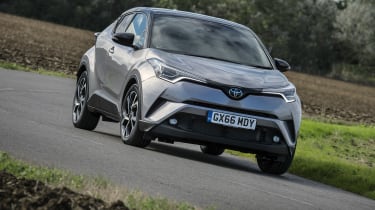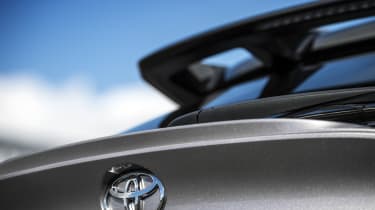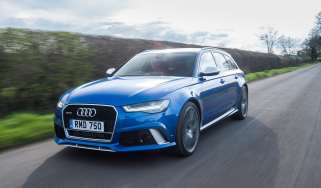Toyota C-HR review - Entertaining Qashqai alternative
Lacks the performance to do justice to a capable chassis, but there's still plenty to like about the C-HR
Toyota has taken its sweet time entering a market that virtually every other car manufacturer already occupies, but it hasn’t done so by halves. The C-HR’s styling might be the car’s biggest talking point, but for evo it’s the inclusion of a surprisingly capable chassis that attracts more interest.
Unfortunately, Toyota hasn’t yet seen fit to provide the C-HR with the powertrain it could undoubtedly handle, and there’s no promise yet of anything more entertaining in the pipeline. The emphasis here, despite the sporty styling and agile handling, is on efficiency, making the C-HR a car that’s at its best driven more slowly than we’re used to.
Even with its lack of power, Toyota’s crossover is still among the more entertaining cars to drive in this class, and the promise of high levels of efficiency and long-lasting durability mean it’ll undoubtedly find favour with some. Now if Toyota could just give us a C-HR inspired by the version raced at the Nürburgring 24 Hours, we might be onto something…
Toyota C-HR: In detail
> Performance and 0-60mph time - Limited powertrain options also limit performance - 10.9sec is as quickly as you’ll reach 62mph, slower than many rivals.
> Engine and transmission - Neither 1.2 turbo petrol nor the 1.8 hybrid are fire-breathers, but both are very refined and easy-going. Manual models have an excellent auto rev-matching function.
More reviews
Reviews
> Ride and handling - Makes up for lack of performance with a nimble and adjustable chassis, good front-end grip and precise steering. Rides well, too, so there’s little compromise for family users.
> MPG and running costs - Hybrid model achieves over 70mpg, officially at least, with just shy of 50mpg for the turbo. Toyota reliability should keep longer-term running costs down.
> Interior and tech - Striking interior design is complemented by solid build quality. Mix of materials isn’t as jarring as you might expect. Infotainment isn’t quite as advanced as some.
> Design - One of the most striking cars not just in its class but on the roads. Some will love it, others will hate it, but it does add some interest to an otherwise staid class.
Prices, specs and rivals
The least you can pay to put a C-HR on the driveway is £21,065, which nets a manual-’boxed 1.2 turbo in Icon spec. For an entry-level model, the equipment roster is fairly strong, with 17-inch alloy wheels, an 8-inch infotainment screen with DAB, a rear-view camera, dual-zone aircon, and auto lights and wipers. The automatic gearbox adds £1200 to this, and the hybrid version in Icon trim is another £1420, for an on-the-road price of £23,685.
It’s a £3000 walk up to Excel trim, which adds 18-inch alloy wheels, part-leather seats, front and rear parking sensors, keyless entry, and adds satellite navigation to the infotainment screen. Dynamic trim begins at £25,565, or £1500 more than the equivalent Excel, and nets a different style of alloy wheel, LED headlights with sequential LED indicators, and a two-tone paint scheme.
The C-HR’s pricing pitches it more or less in the middle of the market, with rivals like the SEAT Ateca and Nissan Qashqai starting at less money at the bottom of the range but rising to nearly £30k for their range-topping models. Most rivals offer greater choice in drivetrain terms and most offer options with more performance than Toyota’s 1.2 turbo or 1.8 hybrids can manage. The Toyota fights back with distinctive styling - if that’s your thing - and one of the better chassis in the class.






